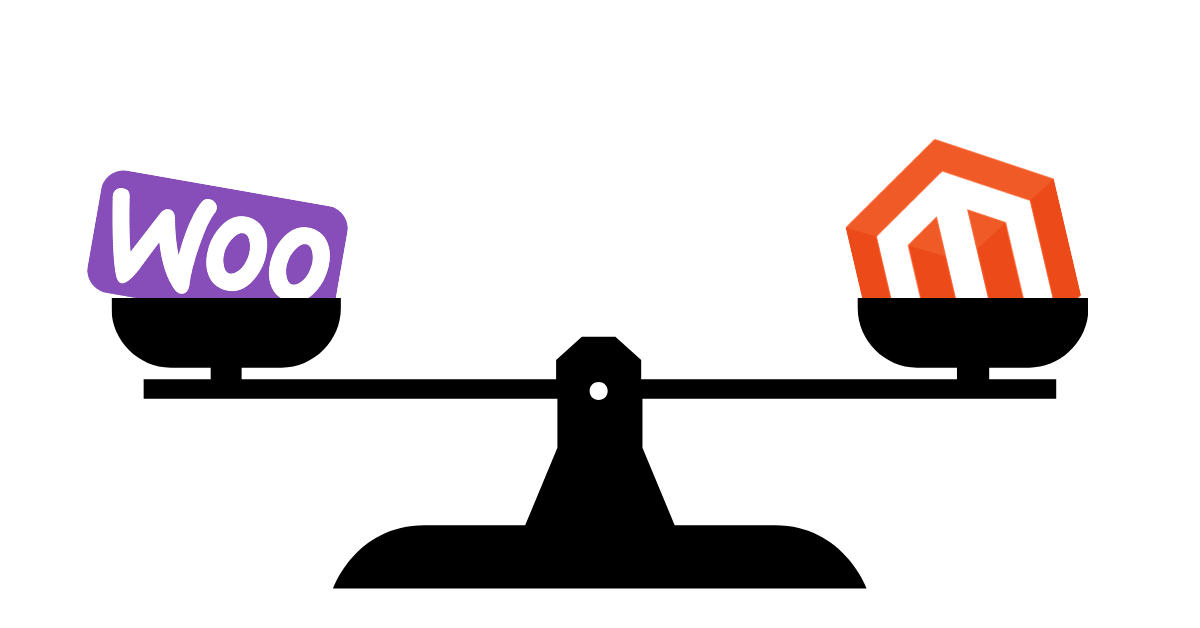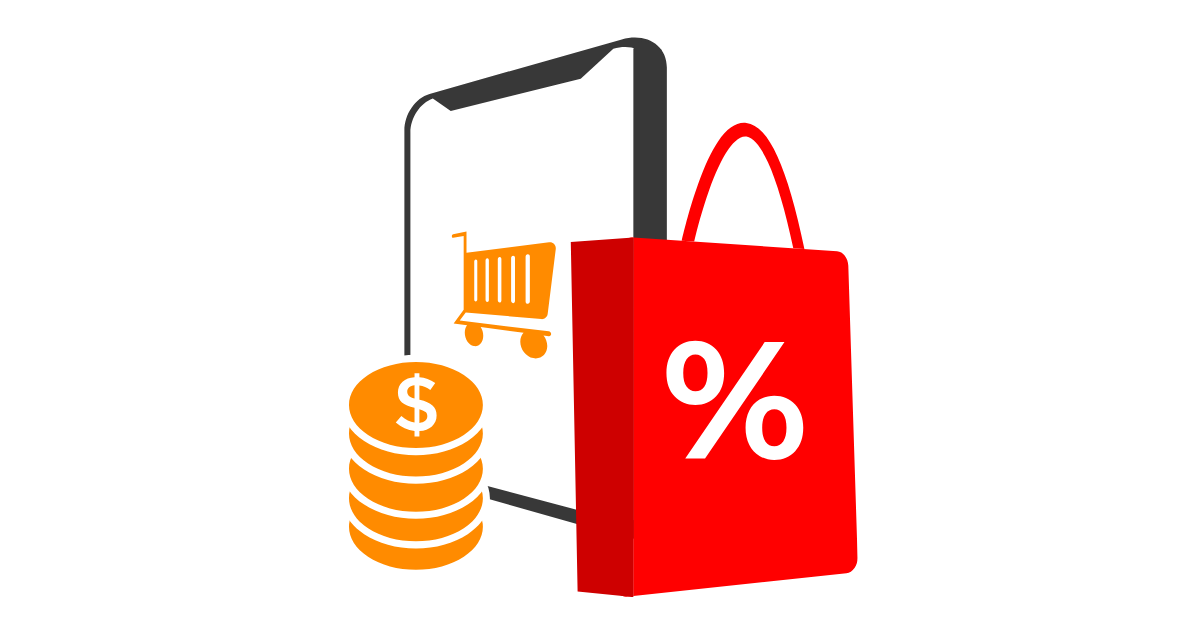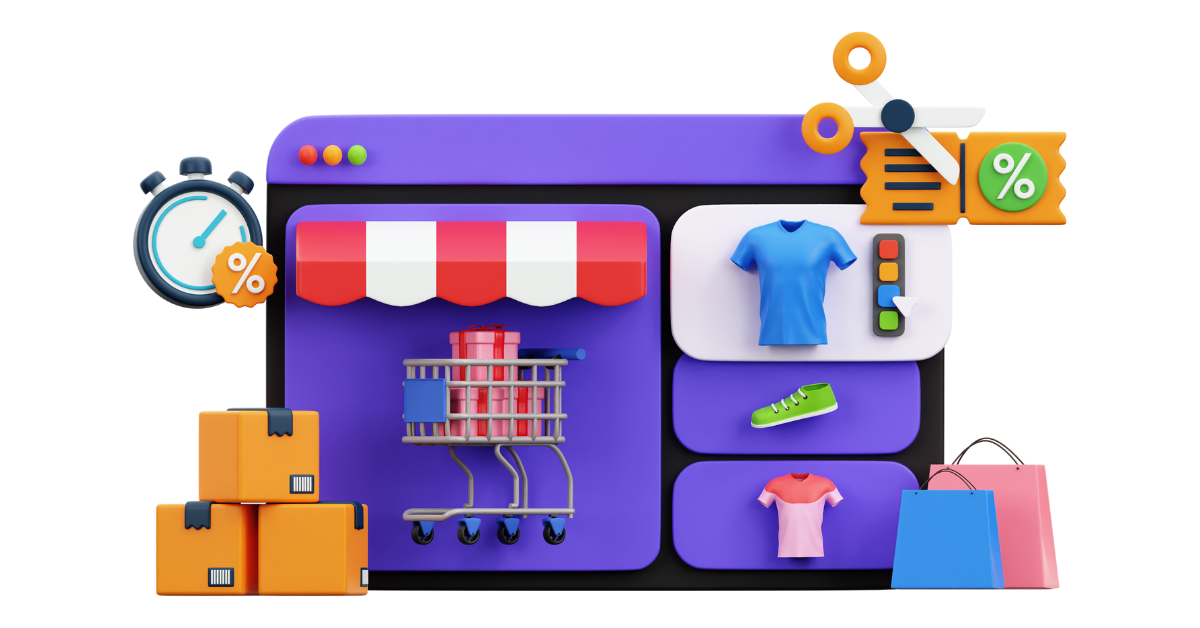Are you wrangling with the Magento vs WooCommerce decision for your eCommerce store? This article compares the two, highlighting the key differences that affect your bottom line. We’re talking costs, user-friendliness, scalability, and features—without fluff or technical jargon. Make an informed decision based on what truly matters to your business, and anticipate what’s next for your online presence.
Key Takeaways
- Magento is rich in features and scalability making it ideal for larger businesses, while WooCommerce offers simplicity and cost-effectiveness suited for small businesses or WordPress users.
- The cost of running an online store can vary greatly between the two platforms, with Magento generally incurring higher costs for hosting, themes, and developer fees, compared to the more economical options available with WooCommerce.
- Both platforms provide strong security features and an array of customization options, but Magento requires more technical expertise, and WooCommerce is more user-friendly and integrates seamlessly with WordPress.
Evaluating Magento and WooCommerce for your eCommerce needs

Both Magento and WooCommerce are well-known players in the eCommerce field, each with its own unique strengths. Magento, now known as Adobe Commerce, is a strong tool for eCommerce growth, offering a variety of tools for scaling an eCommerce business. Its open-source version is well-suited for small to medium-sized businesses, while Magento Commerce is made for larger enterprises with more complex needs.
WooCommerce is an easy-to-navigate eCommerce platform that is particularly popular among WordPress enthusiasts. It provides a simpler approach to initiate your online store, especially if you don’t need all the bells and whistles right off the bat. Being rooted in WordPress, WooCommerce is instinctive for users acquainted with the platform.
Magento: The place for eCommerce growth
Magento stands out with its strong eCommerce capabilities designed for growth. This open-source eCommerce solution is equipped with features like:
- Product comparisons
- Product tiers
- Discounts
- Coupons
- Multi-store management
- Magento Marketplace
That’s making it an attractive option for fast-growing businesses. Moreover, it has a marketplace swarming with over 3,000 add-ons and apps to further enhance your online store.
Magento’s great functionality comes with a learning curve. A basic understanding of web development and a familiarity with eCommerce tools are needed to fully exploit this platform’s capabilities. This includes proficiency in using the command line for installation, adding extensions, and managing operation modes.
WooCommerce: The user-friendly choice for WordPress enthusiasts
If simplicity and ease of use are high on your list, WooCommerce could be your go-to platform. Being a WordPress-based eCommerce plugin, WooCommerce makes setting up an online store relatively easy, especially for those already acquainted with WordPress. The platform offers a user-friendly experience, making it a great choice for beginners and small businesses with limited development experience.
Beyond ease of use, WooCommerce offers the following benefits for your WordPress eCommerce store:
- Over 10,000 free themes to choose from
- A variety of SEO tools to help optimize your online store
- The ability to make your eCommerce store stand out and attract online traffic
It’s important to note that some premium features and extensions may incur extra charges, although they are typically less expensive than Magento.
The cost of running an online store

Cost is a major factor to consider when launching your online store. Hosting for WordPress, and by extension WooCommerce, is generally cheaper and more straightforward to optimize due to the greater number of hosting providers supporting WordPress. The costs associated with running an online store extend beyond hosting. These include premium themes, apps, and developer fees, which tend to be higher for Magento.
While both platforms come with free versions, the costs can pile up when you start to add extra features. WooCommerce is typically the less expensive option, even when considering additional costs such as:
- Domain registration
- Premium themes
- Extensions
- Developer costs
Worth noting that Magento provides a free open-source version, with several premium services, including advanced security features, available at a cost.
Breaking down Magento’s pricing structure
Magento functions on a freemium model, where basic services are provided free of charge while more advanced features need to be paid for. Magento operates on two levels—the Community Edition and the Enterprise Edition. The Community Edition of Magento is a free open-source version, while the Magento Enterprise platform is tailored for more complex store builds and is best managed by experienced developers or development agencies.
Estimating the cost of a Magento store can be challenging, given that it varies based on the extensions, themes, and other additions used. While premium extensions for Magento are generally pricier than those for WooCommerce, they offer a wide range of features and customization options that could justify the higher costs.
Understanding WooCommerce’s approach
WooCommerce is generally more budget-friendly. Much like Magento, it’s difficult to provide an exact price. For instance, premium WooCommerce plugins can range from $40 to $200, but it’s also important to note that there are several plugins available free of charge. The final cost can also be influenced by the advanced features used (subscriptions, bookings, dynamic pricing) and the themes you select for your store.
Security measures

Online store security is a very important factor to consider when choosing an eCommerce platform. Magento takes security seriously, offering built-in security features such as:
- Dedicated security patches
- A core architecture filled with security measures
- Access to over 750 security apps in their marketplace
- A free Adobe security scan tool that checks for over 21,000 malware exploits.
WordPress, which powers WooCommerce, also has a strong code base regularly updated by a dedicated security team, and an auto-update feature for security patches. This ensures that your WooCommerce store stays safe from potential cyber threats.
Customization capabilities: Themes and extensions

Customization is a significant feature of any eCommerce platform, allowing you to tailor your online store to your unique business needs and brand identity. Both Magento and WooCommerce offer a variety of customization options, from themes and templates to extensions and plugins that can enhance the functionality of your store.
Magento’s customization options
Magento offers a wide array of customization options, backed by a strong API for building headless websites. To fully leverage these capabilities, you’ll need a certain level of technical skills and knowledge, including Magento certifications.
Magento themes can be found on Adobe’s official marketplace, TemplateMonster, and ThemeForest, with prices starting as low as $50.
The flexibility of WooCommerce customizations
WooCommerce shines in customization due to its flexibility and user-friendliness. With thousands of themes and plugins at your disposal, you can easily customize your online store to align with your branding and business needs. Premium themes and plugins for WooCommerce are generally more affordable, ranging from $20 to $100 per year.
And if you’re looking to jazz up your WooCommerce store, there are plenty of plugins available, including Custom Product Tabs for WooCommerce, SeedProd, and many more.
SEO and marketing tools

SEO and marketing tools are important for any online store, helping to drive traffic and improve sales. Both Magento and WooCommerce come equipped with a variety of SEO and marketing tools, including essential SEO features, to improve your online presence. Magento SEO features offers various automated and manual tools to optimize your store for search engines.
For WooCommerce, users can take advantage of several SEO plugins, as well as other WordPress plugins, such as:
- Rank Math
- All in One SEO
- WooCommerce SEO by WordLift
- Yoast SEO
- WP-Backlinks
- SEO Optimized Images
These tools not only enhance the visibility of your store but also offer valuable insights to shape your marketing strategies.
Performance and scalability
Performance and scalability are key considerations when choosing an eCommerce platform, especially if you’re gearing up for growth. Hosting forms an integral part of this, with WordPress hosting being cheaper and easier to optimize due to the greater number of hosting providers supporting WordPress. When it comes to handling traffic, Magento usually loads faster than WooCommerce, but this can vary depending on how your site is set up and optimized.
Both platforms are well-equipped to handle growth. Magento, especially the Commerce version, is particularly good at handling a high volume of traffic and orders, making it an ideal choice for growing businesses. On the other hand, WooCommerce can also manage a high traffic volume, although it may require more managing and additional plugins to perform at the same level.
The ease of use factor
The ease of use can notably influence your experience with an eCommerce platform, from initial setup to daily store management tasks. Magento, due to its complexity and technical requirements, may pose a steeper learning curve for beginners compared to WooCommerce. However, once you’ve got the hang of it, Magento offers an intuitive dashboard and easy navigation for daily store administration.
WooCommerce is generally considered more beginner-friendly. This is particularly true for those who are already familiar with WordPress. Setting up an online store with WooCommerce is a straightforward process, and the platform’s user-friendly interface makes daily store management a breeze.
Integrating with payment gateways
Seamless and efficient transactions are key to a successful online store, making the integration with payment gateways an important consideration. Magento integrates with several payment gateways like PayPal, Braintree, and AfterPay ensuring secure and efficient transactions.
WooCommerce, on the other hand, offers customizable payment gateways. You can choose from a variety of payment gateways in the ‘Payment Methods’ section, allowing you to select the most suitable ones for your business.
Magento and WooCommerce for growing businesses
Your eCommerce requirements expand as your business grows. Magento is designed to adjust to your business, handling increased product quantities, improving catalogs, and facilitating overall business expansion. Hosting a Magento online store with large catalog requires a focus on speed for a smooth user experience.
Like Magento, WooCommerce is also designed to grow with your business. It allows you to add as many products as you want and process as many orders as you need each day, ensuring that your store can expand without hitting any limits on daily orders. However, to host a WooCommerce eCommerce store that can handle high traffic volumes, you’ll need to ensure enough capacity, storage, and a hosting environment capable of handling a high volume of site visitors.
Community and support
Access to a supportive community and dependable customer support can be invaluable when facing issues or needing assistance with your eCommerce platform. Both Magento and WooCommerce offer support and have active communities to help users when needed. Magento users can submit a ticket through the Magento Cloud Account page or use a helpdesk system for support. On the other hand, some users may find the Magento community lacking in the support they need.
On the other hand, WooCommerce offers active support and guidance to help you get started and manage your store effectively. In addition to their dedicated support, WooCommerce also has an active user community with a dedicated support forum and numerous resources to assist users in managing their eCommerce stores.
Summary
Both Magento and WooCommerce are powerful eCommerce platforms with their own strengths and weaknesses. Magento excels in scalability, advanced features, and strong security measures, making it a solid choice for rapidly growing businesses with specific needs. WooCommerce, on the other hand, shines in user-friendliness, cost-effectiveness, and flexibility, making it an ideal choice for small businesses or those already familiar with WordPress. Ultimately, the best platform for your online store will depend on your unique business needs, budget, and technical proficiency.
Frequently Asked Questions
Which is better Magento or WooCommerce?
If you’re a medium to large business wanting a comprehensive, customized eCommerce platform, go for Magento. If you’re already running a WordPress-based website and looking to expand in eCommerce, WooCommerce is the way to go. Choose based on your business needs.
Is WordPress better than Magento?
WordPress is better than Magento in terms of ease of use and marketing. However, Magento is more powerful for e-commerce solutions. Ultimately, the choice depends on your specific needs and priorities.
Is Magento a good eCommerce platform?
Magento is an excellent choice for building a professional and long-term eCommerce site. It’s the best open-source platform for creating online stores and it’s free.
How does the cost of running an online store compare between Magento and WooCommerce?
Running an online store may involve additional costs such as hosting, domain registration, themes, extensions, and developer costs for both platforms. Overall, WooCommerce is typically a less expensive option.
How do Magento and WooCommerce handle scalability?
Both Magento and WooCommerce are designed to adjust to your business, with Magento being particularly good at handling high volumes of traffic and orders, making it ideal for growing businesses. WooCommerce can also manage high traffic volumes, although it may require additional plugins to perform at the same level.
Difficulty in choosing the right platform for your needs? Get in touch with us, and let’s work together to improve your e-commerce journey!


Share on: